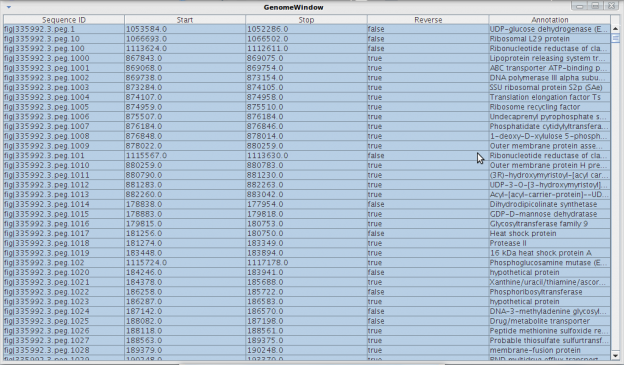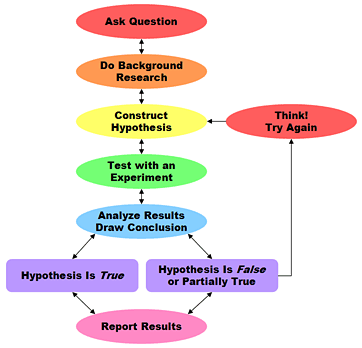Over the past couple of days I’ve been toying with a couple of neat ways to access / visualize data. Rob showed me Cooliris, which was pretty mind blowing as far as just looking like it came straight out of a sci-fi movie. More seriously, I’ve found that it is actually a pretty efficient way to do image searches. It displays images much more quickly than a simple google image search result.
The other awesome thing that I’ve found is the Compiz-Fusion suite of window management plugins for Linux. (You can download a version for your distro here). It allows you to manage a large number of extended desktops; this is particularly useful on the EEEPC netbooks which have small monitors! Other cool features worth checking out are the Ring-switch plugin ( + tab for application switches), Desktop Cube & Rotate Cube (Alt-Ctrl-Mouse button 1 click and drag). Turning transparency on the cube is actually pretty nice because it allows you to view a number of desktops all at once.
Some cool things to do just for looks are:
Enable Skydome on the cube (use custom backgrounds while in cube view).
Try out the water plugin (ctrl + to initiate, Shift+f9 and shift+f8 for rain control).
Turn on wobble plugin for your application windows.
Check out the wiki to learn even more awesome stuff you can do!
Now that you’re all informed, install this stuff on your linux machines, go out, and be impressive!




